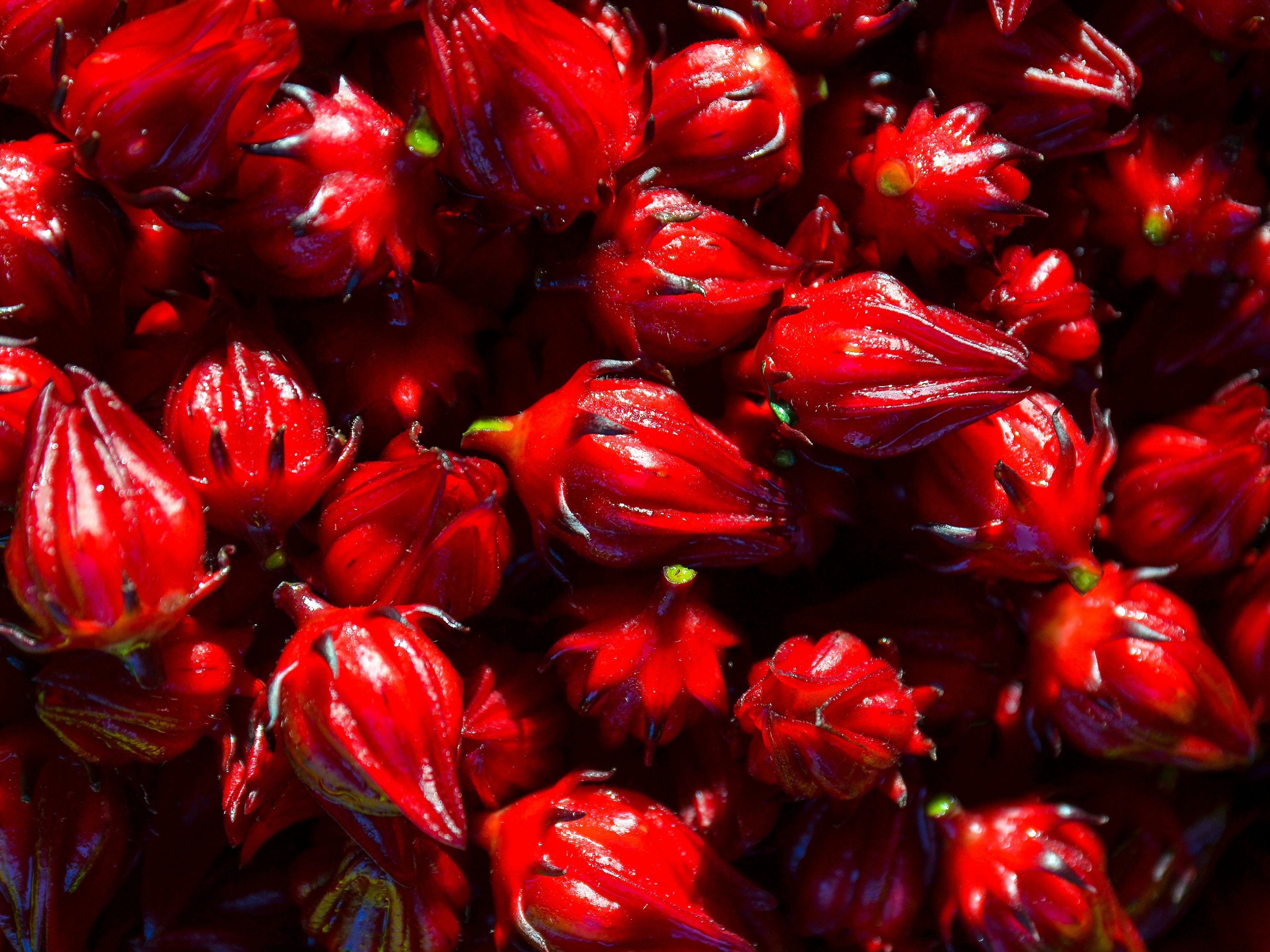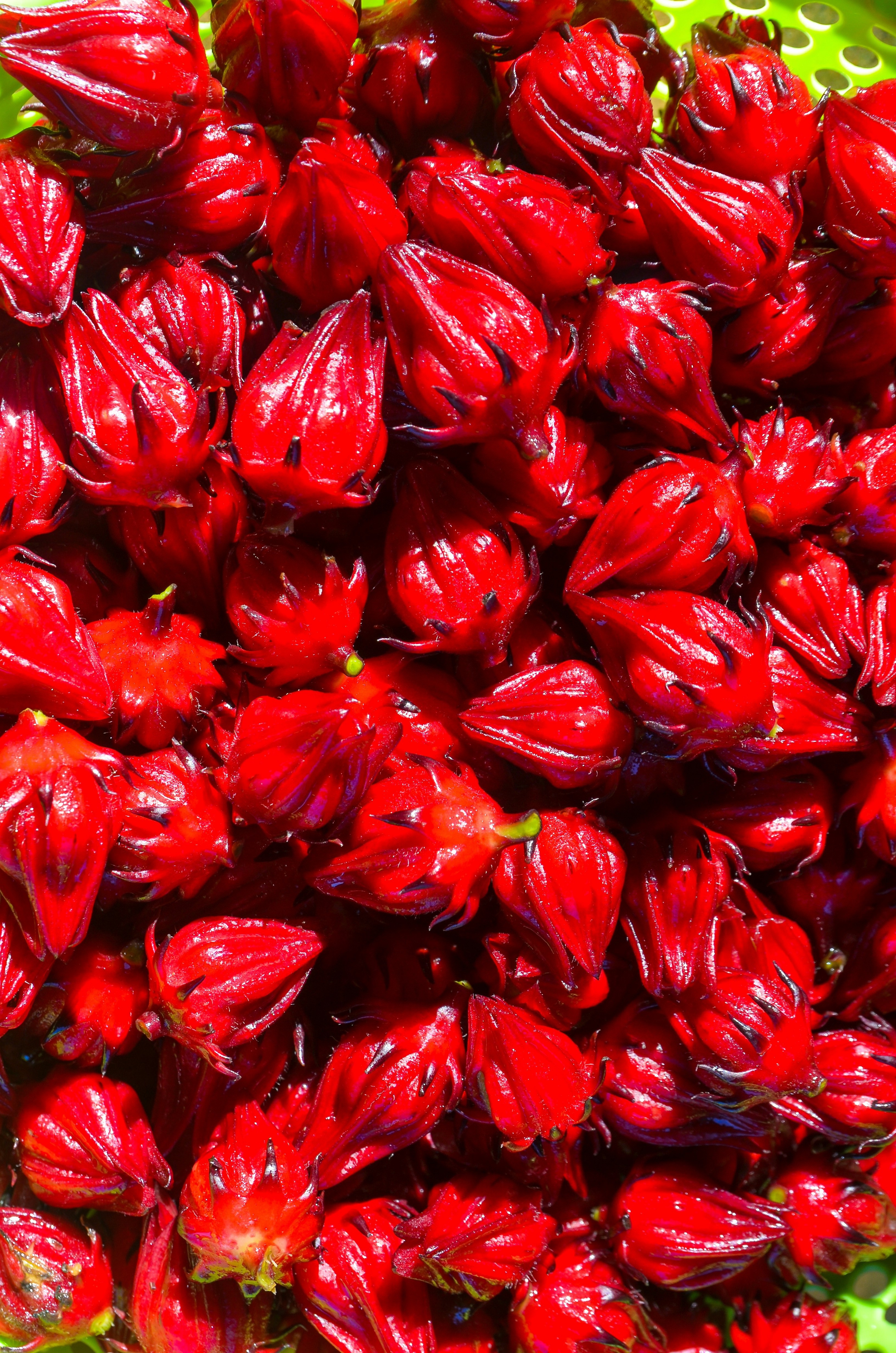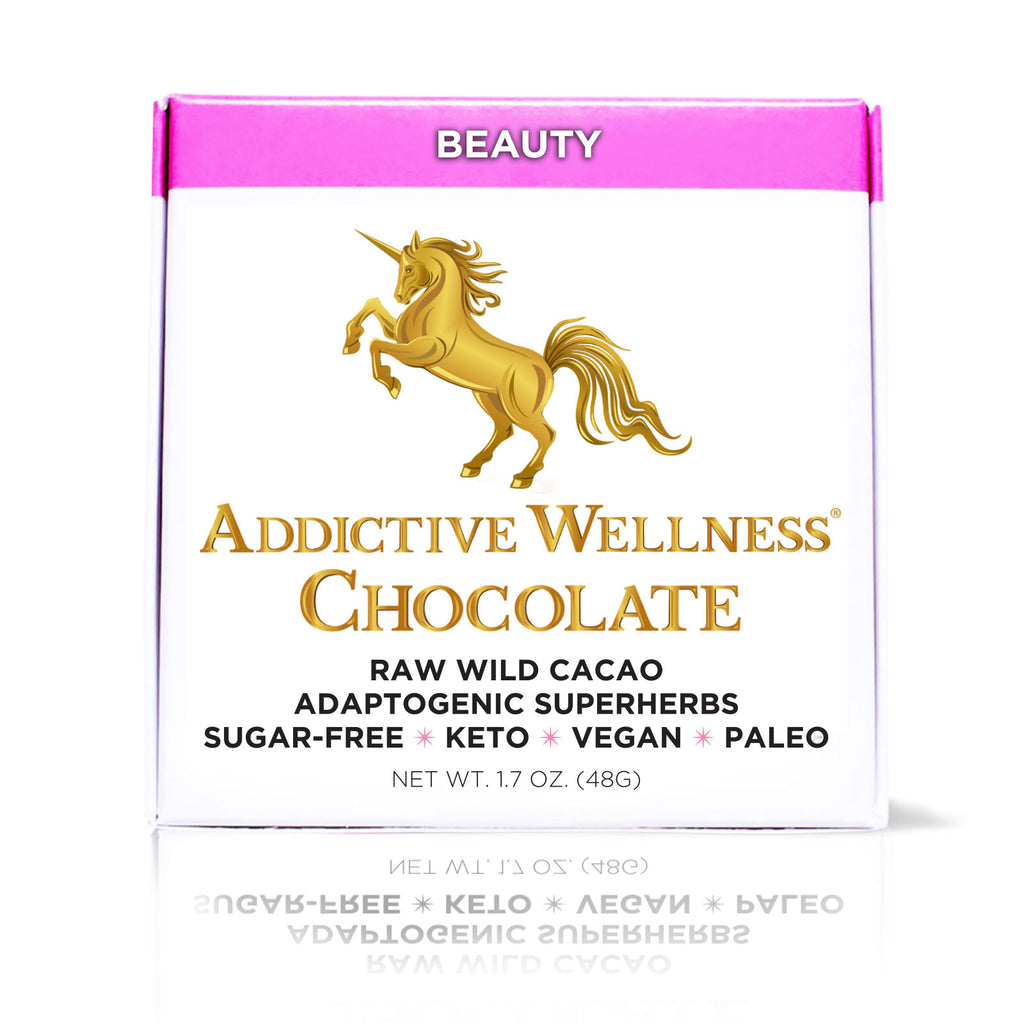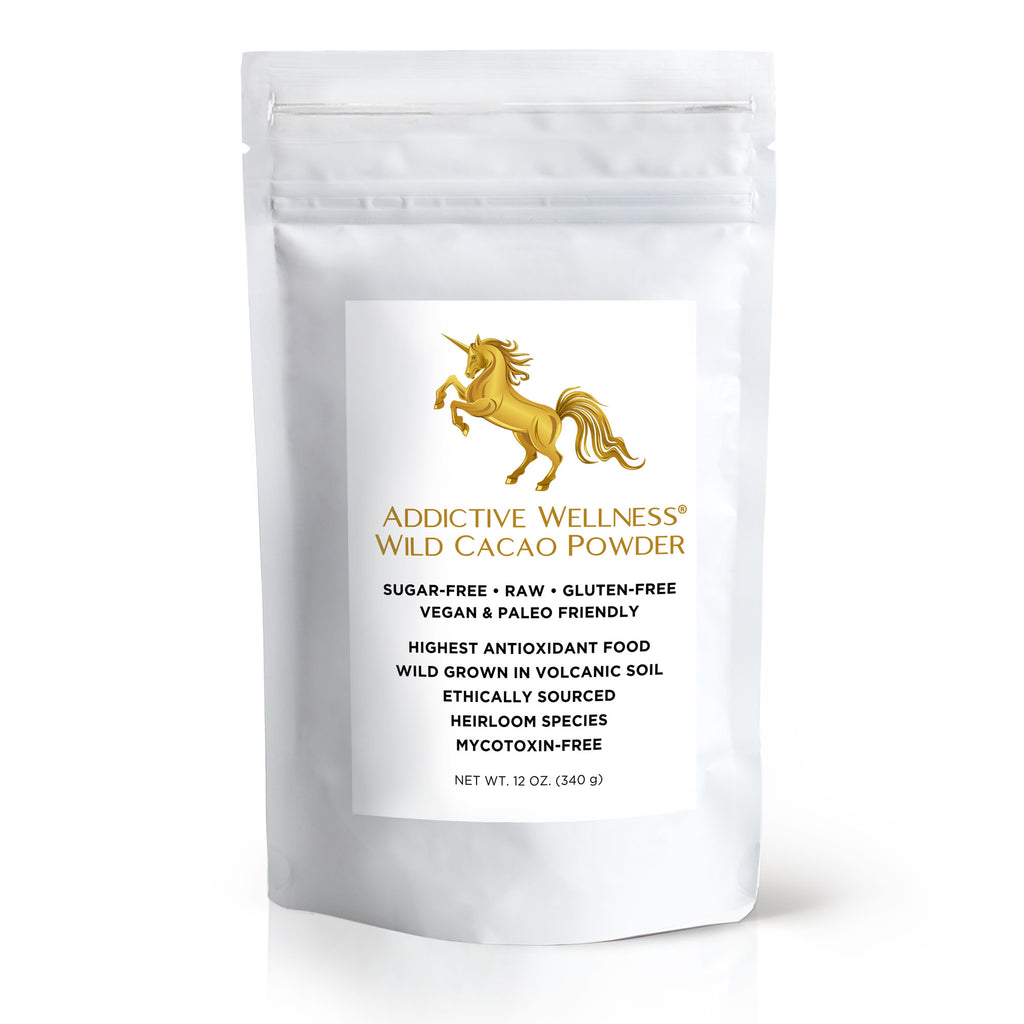FIRST, SOME FUN HISTORY
Roselle, known scientifically as Hibiscus sabdariffa, has a storied history that spans continents and cultures, originally cultivated in Africa before spreading to Asia and the Americas. This stunningly beautiful plant has woven itself into the fabric of Thai culture and agriculture with its introduction to Thailand several centuries ago. In Thailand, it is known as "Kra-jeab" and is highly esteemed not just for its culinary versatility in teas and jams but also for its medicinal properties, which align with the country's rich tradition of natural medicine.
THE POWER IS IN THE CALYCES!
When most people think of hibiscus, they think of the ornamental hibiscus flower. But what's used to make the tea isn't that, but rather a different species of hibiscus called Roselle or Hibiscus sabdariffa. The dark red parts around the seed pods are known as the calyces and these are used to make the tea (and our freeze-dried powder) that is enjoyed around the world.
These are meticulously cleaned using aqueous ozone and freeze-dried without mechanical grinding. This technique preserves the delicate cellular structure and integrity of sensitive compounds within Roselle.

THE POWER IS IN THE CALYCES!
When most people think of hibiscus, they think of the ornamental hibiscus flower. But what's used to make the tea isn't that, but rather a different species of hibiscus called Roselle or Hibiscus sabdariffa. The dark red parts around the seed pods are known as the calyces and these are used to make the tea (and our freeze-dried powder) that is enjoyed around the world.
These are meticulously cleaned using aqueous ozone and freeze-dried without mechanical grinding. This technique preserves the delicate cellular structure and integrity of sensitive compounds within Roselle.

WHAT CAN ROSELLE DO?
Roselle has primarily been studied for it's potential to help lower blood pressure, especially systolic blood pressure in individuals with high blood pressure. Research has also indicated that it may be able to lower LDL ("bad") cholesterol as well. Roselle also has diuretic properties, which can help remove excess fluids and water retention. Some early stage research also indicates that it may have hepatoprotective (liver protective) benefits.
HOW DO I USE IT?
Roselle is quite tasty and easy to use! It's as easy as adding 1/4 teaspoon to 16 ounces of hot or cold water. We don't add any questionable secondary ingredients to help it dissolve, so you'll want to stir or blend it well. A milk frother or hand-held frother will make it easy! You can add a little bit of your favorite sweetener, a squeeze of lemon juice or for an extra boost, our CEO, Sage, likes to add a teaspoon of Astragalus. You can also add it to smoothies or even more decadent creations like coconut whipped cream!



